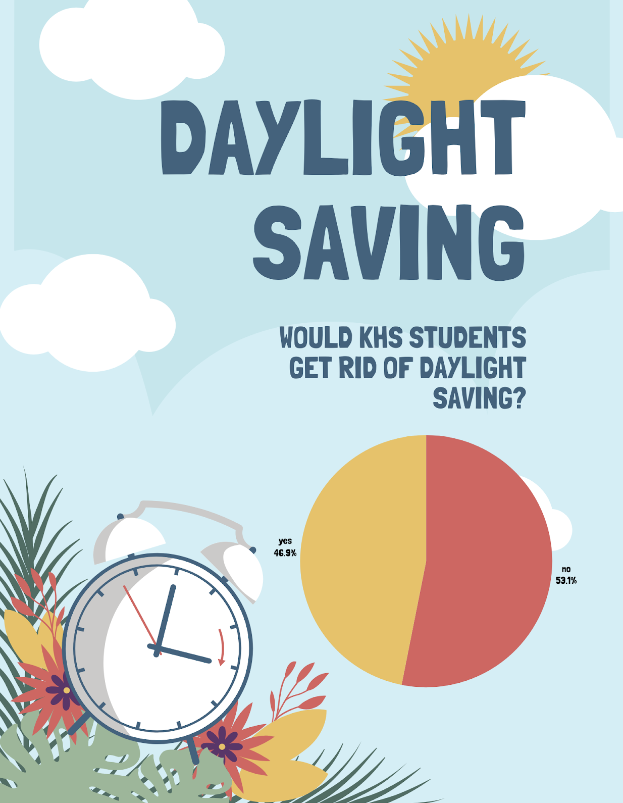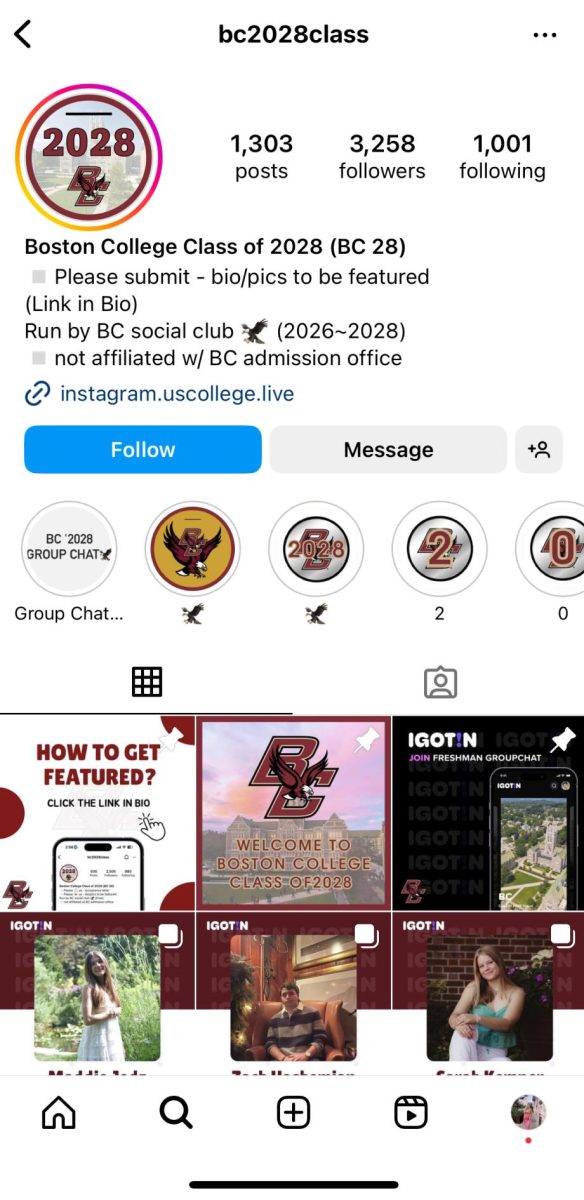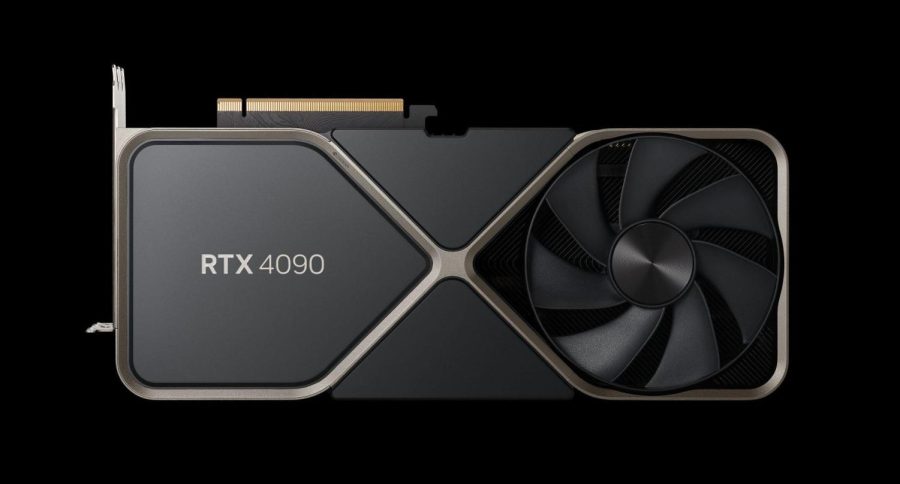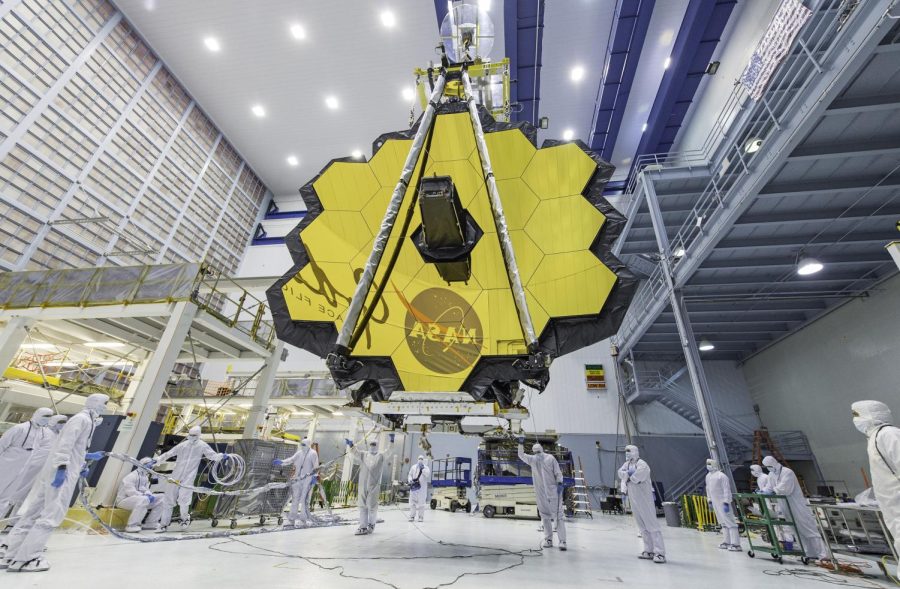Throughout the previous years, technology has affected the presidential election by spreading awareness and campaigning. However, this year, when six feet of space is required between people, everything from debates to casting votes at the ballots looks different. The 2020 election has fully utilized technology through virtual meetings and social media platforms to encourage people to vote and who to cast their vote for.
Considering that the past election caused many disputes to arise, extra emphasis has continued to be put on the upcoming election to encourage people to vote. Through apps like Tik Tok, Instagram, Snapchat, Twitter, Facebook, ads have popped up repeatedly telling viewers to make sure they are registered to vote. Since caution is taken these days when leaving the house for COVID-19, voters are told that they can cast their vote in person, by mail, or even online, to ensure that they feel safe and comfortable.
When the lockdown was first put into effect earlier this year, society was still able to carry because meetings could be held virtually. People were talking face-to-face, even if it was not in person. Everything from weddings to plays could be viewed through a screen, and it was no surprise that the presidential debates followed suit.
Technology played a big role in the back and forth trading of insults between President Donald Trump and former Vice President Joe Biden. After the first debate, both candidates took it to social media to try and expose one another, possibly as an attempt to better their own chances. While Trump’s team claimed Biden was speaking with an earpiece (“Joe Biden is BEGGING for multiple breaks during the 90-minute debate tonight! CHECK JOE’S EARS!”), Biden’s team put out ads for a shirt saying “Will You Shut Up, Man?”, implying that Trump never stopped talking. This issue also led to the implementation of mute buttons for the final debate, where each candidate would be muted while the other candidate spoke. This gave an equal opportunity for each candidate to voice their views on the given topics in full. Even moving forward, this new addition actually became a positive, because it allowed the people to clearly hear what each candidate had to say, and therefore, correctly understand the situations and resolutions.
Almost all campaigning events were forced to go all virtual due to the pandemic this year, and greatly differ from events in the past years. According to a Washington Post, due to the supposed disastrous first debate, audiences were second-guessing even tuning into the second debate and instead turned to social media for the information they needed. Audience viewer data also helps immensely during this campaign, because it gives an idea of who voters are leaning towards. News channels have become a major outlet for delivering supposed facts, and can also collect data based on what the people think.
Earlier in October, Trump’s campaign played a major role in labeling mail-in votes as faulty through social media. His main concern was that mail-in voting would lean more towards Democrats, and his team took action against this. The ads reached the audiences through “55,000 media stories, 55 million tweets, and 75,000 Facebook posts”, according to an article in MIT Technology Review. The campaigning team was using social media ad tools to their advantage and sent out false information to both frame other groups while still getting their message across that mail-in voting was not safe. Through the American press, and fast ability to spread rumors and facts, outlets dramatized what the team was claiming, and also tried to scare the public. Therefore, questions continued to arise, regarding whether or not social media platforms could be fully trusted.
The use of technology in the 2020 presidential election was supposed to resemble the previous elections as closely as possible, while still complying with the rules. However, it seems that perhaps both candidates used it at their own digressions to both demote the other, and promote themselves.













